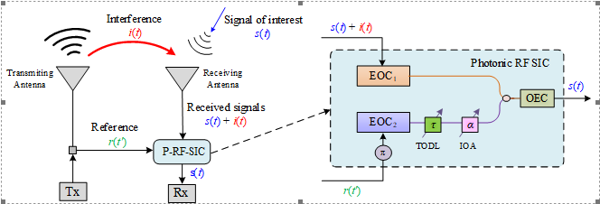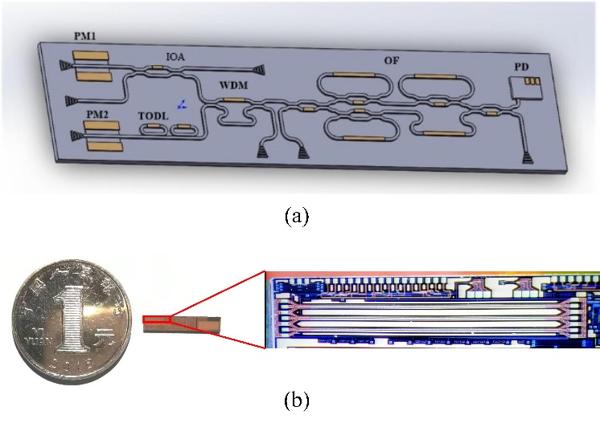With the tremendous growth of modern wireless communications, crowded spectrum and waste of spectrum resources which limit the application of various wireless technologies, become the important issues, especially in beyond fifth generation (B5G) and sixth generation (6G) communications. Therefore, it is increasingly urgent to enhance spectrum utilization efficiency and to increase the wireless network capacity. Compared with the traditional frequency division duplex (FDD) and time division duplex (TDD), the in-band full-duplex (IBFD) technology transmitting and receiving signals simultaneously on the same frequency can double the spectrum utilization efficiency and data transmission rate, and has a great potential application in the new generation of mobile communications and satellite communications. However, in the process of IBFD communication, the transmitting antenna and the receiving antenna are generally on the same platform, the high-power signal sent from the transmitting antenna will interfere the low-power signal of interest (SOI) that is received by the receiving antenna, or even submerge it completely, which is called radio frequency (RF) self-interference. This kind of interference is at the same frequency as the SOI, so it is impossible to filter it out by a notch filter or to select the SOI by a narrow band pass filter. Therefore, RF self-interference is a key issue to be resolved for the application of IBFD technology.
RF self-interference cancellation (SIC) includes spatial cancellation, analog domain cancellation and digital domain cancellation. Analog them, the domain cancellation is an important stage to achieve RF SIC functionality. On the one hand, it suppresses RF self-interference to enough low-power levels to ensure that the ADC unit works within the dynamic range; on the other hand, it implements RF SIC in a wide bandwidth to meet the requirement of broadband IBFD communications. The electronic methods for analog domain RF SIC are limited by the bandwidth and the amplitude and phase control precision of RF devices, and it is difficult to obtain high SIC depth in a wide bandwidth.
Microwave photonics (MWP) brings together the worlds of RF engineering and optoelectronics focusing on not only military applications but also civil applications. MWP provides a considerable added value to traditional microwave and RF systems, as photonics allows the realization of key functionalities in these systems by virtue of the intrinsic advantages of ultrawide bandwidth and immunity to electromagnetic interference. Photonic RF self-interference cancellation technology leverages the advantage of high precision of time and amplitude control of microwave signal over broadband in optical domain and exhibits great potential capability of suppressing RF self-interference for IBFD communications. It has been attracting more and more attention from not only academics but also the industry.

Schematic diagram of photonic RF self-interference cancellation for in-band full-duplex communications
The review paper by Prof. Xiuyou Han and Prof. Mingshan Zhao Group from Dalian University of Technology is published in Chinese Optics Letters, Volume 19, No. 7, 2021 (X.Y. Han et al., RF self-interference cancellation by using photonic technology). In this paper, the basic operation principle of photonic RF SIC is presented. The advances in realizing the out-of-phase relationship for RF SIC, the multipath interference cancellation for orientating realistic application and the newly developed RF SIC by the photonic integration platform are surveyed in detail. The perspective of development trend and issues to be solved for the application of photonic RF SIC is discussed.

(a) Schematic diagram and (b) microscope image of the integrated photonic RF SIC chip on silicon platform


